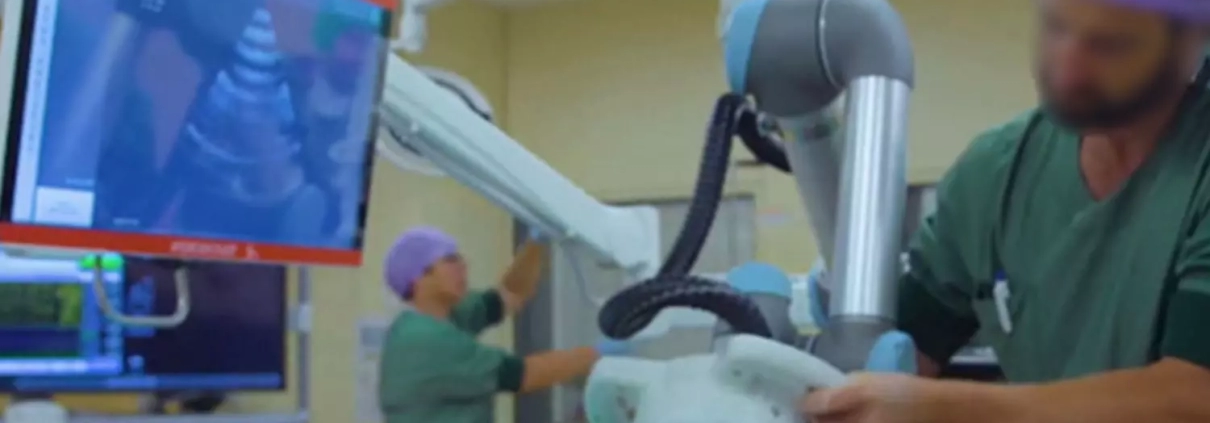Non-invasive ultrasound therapy safe and feasible for treating calcified aortic stenosis: Lancet

France: In a recent study published in The Lancet, French researchers have shown the safety and feasibility of a non-invasive ultrasound therapy for treating calcified aortic stenosis.
Surgical or transcatheter aortic valve replacement (TAVR) is commonly used for the treatment of calcified aortic valve stenosis, which affects approximately 5 million patients in Europe and 5 million in the United States. However, due to severe comorbidities and limited life expectancy, many patients are not considered suitable candidates for these interventions. As such, non-invasive therapies might offer alternative therapeutic possibilities in these patients.
Emmanuel Messas, a cardiologist and co-founder of the startup Cardiawave, which developed the non-invasive device, and colleagues aimed to evaluate the safety of non-invasive ultrasound therapy and its ability to improve valvular function by softening calcified valve tissue.
The multicenter, prospective, single-arm series enrolled 40 adult patients with severe symptomatic aortic valve stenosis at three hospitals in the Netherlands, France, and Serbia between 2019 and 2022. Patients were treated with transthoracically delivered non-invasive ultrasound therapy. Follow-ups were done at 1, 3, 6, 12, and 24 months.
The primary endpoints of the study were improved valve function and procedure-related deaths within 30 days. In the study, the researchers reported the 6-month data.
Foruty high-risk patients with a mean Society of Thoracic Surgeons score of 5·6% and multiple severe comorbidities were included in the study.
The study revealed the following findings:
- The primary endpoint, procedure-related mortality, did not occur; also, no life-threatening or cerebrovascular events were reported.
- Improved valve function was confirmed up to 6 months, reflected by a 10% increase in mean aortic valve area from 0·58 cm2 at baseline to 0·64 cm2 at follow-up, and a 7% decrease in mean pressure gradient from 41·9 mm Hg to 38·8 mm Hg.
- At six months, the New York Heart Association score had improved or stabilised in 96% of the patients, and the mean Kansas City Cardiomyopathy Questionnaire score had improved by 33%, from 48·5 to 64·5.
- One serious procedure-related adverse event occurred in a patient who presented with a transient decrease in peripheral oxygen saturation.
- Non-serious adverse events included pain, discomfort during treatment, and transient arrhythmias.
“This novel, non-invasive ultrasound therapy for calcified aortic stenosis proved to be feasible and safe,” the researchers concluded.
Reference:
Messas E, Ijsselmuiden A, Trifunović-Zamaklar D, Cholley B, Puymirat E, Halim J, Karan R, van Gameren M, Terzić D, Milićević V, Tanter M, Pernot M, Goudot G. Treatment of severe symptomatic aortic valve stenosis using non-invasive ultrasound therapy: a cohort study. Lancet. 2023 Dec 16;402(10419):2317-2325. doi: 10.1016/S0140-6736(23)01518-0. Epub 2023 Nov 14. PMID: 37972628.



